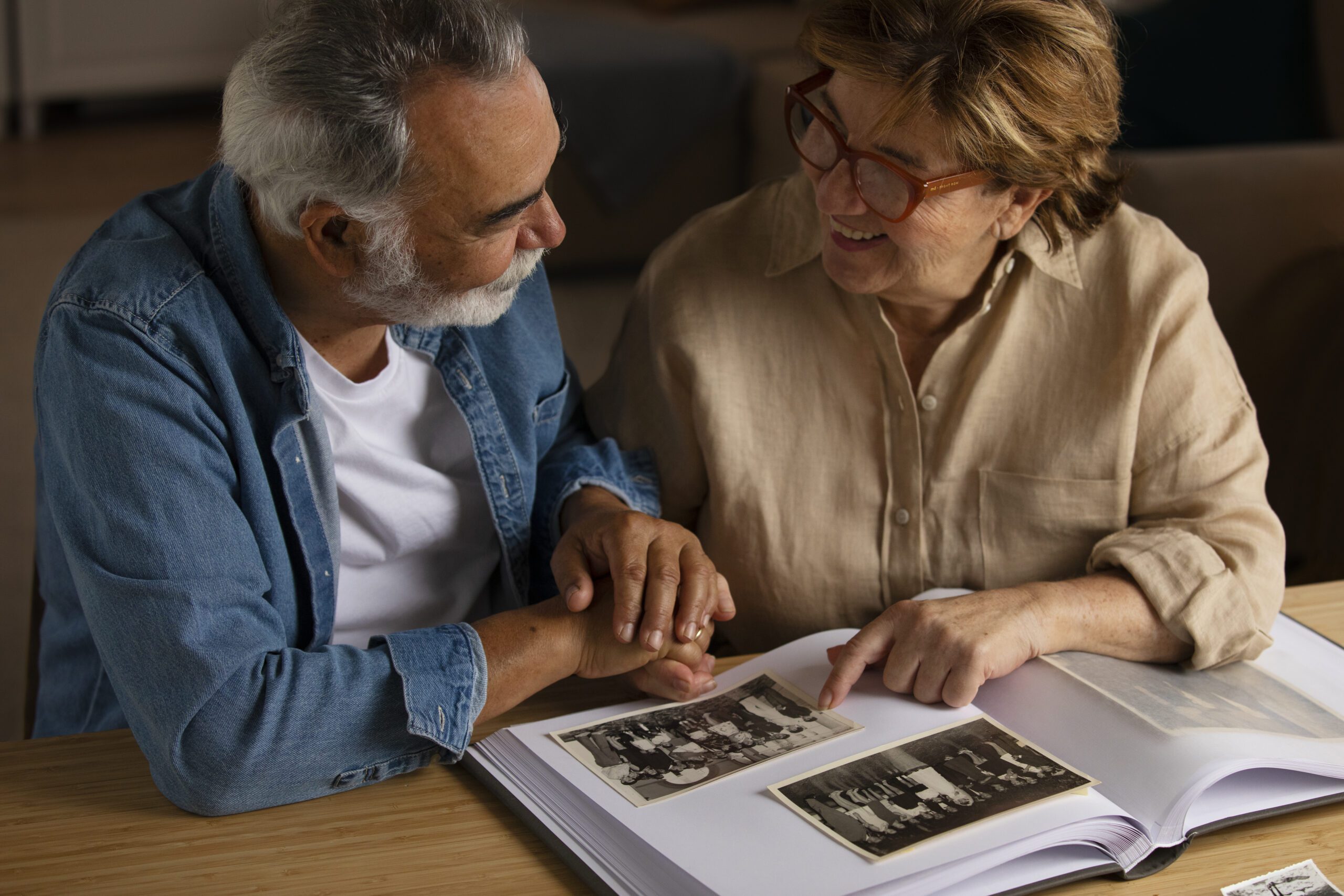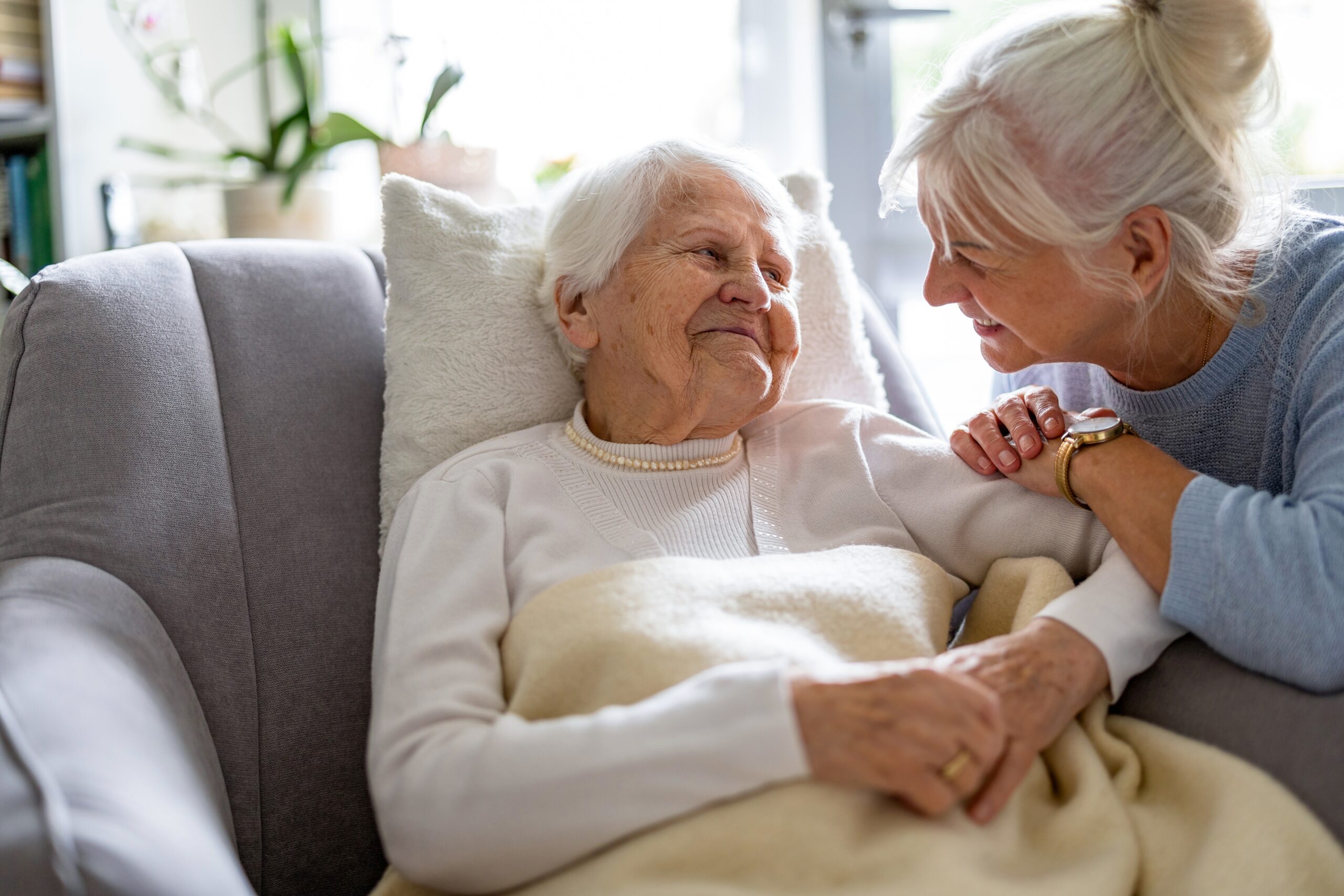When a loved one is suffering from Alzheimer’s disease or dementia, safe care is vital. An individual struggling with the effects of these conditions not only have difficulty remembering basic things, but they can struggle with everyday mental and physical tasks. Providing a safe environment is one effective step in maintaining a good quality of life and promoting health and well-being. These safety measures were collected from the Alzheimer’s Association and other similar sources.
Eliminate Safety Hazards in the Kitchen
Kitchen appliances are particularly dangerous for memory care community residents. The Alzheimer’s Association advises to “use appliances that have an automatic shut-off feature. Prevent unsafe stove usage by applying stove knob covers, removing knobs, or turning off the gas when the stove is not in use.” It is also helpful to disconnect the garbage disposal and keep prescription drugs and vitamins out of reach.
Test Safety Devices
Every home and memory care community should have working smoke and carbon monoxide detectors. You should test these at least annually and replace the batteries twice a year.
Make Sure Walkways and Hallways Are Well-Lit
If areas of the community or home are dark or unevenly lit, residents can become disoriented. Tripping accidents or running into doors, walls, or other objects can be common in such conditions. To minimize these incidents, make sure there is even lighting in entryways, hallways, landings, stairways, and in between rooms. You can do this by installing additional lights, including night lights.
Add Extra Locks and Security
In memory care communities, it’s crucial for the building and rooms to be secure. This not only helps to prevent residents from wandering away but it also reduces the risk of intruders in the community. The same is true for homes. Like memory care communities, homes should have locks on all main and living-area doors. It is also wise to have locks on the windows. Keypad locking features can be effective. In addition, never prop open doors.
Keep Areas Free of Cords
Cords and cables can be significant tripping hazards. TV and computers can be frequent culprits. In residents’ homes or rooms, any cords or cables should be out of the way where people will walk or move around.
Place Safeguards in the Bathroom
Bathrooms can be troubling areas for slip-and-fall accidents. You can minimize these by carpeting the floors instead of tiling them. In the shower, place nonskid adhesive strips. Grab bars should be accessible in the shower or tub. Also, the toilet should be raised and have handrails beside it.
Alert Residents to Stairs
Stairs can pose big issues for individuals with memory care needs. It is often difficult for residents to see stairs and steps, which can lead to falls and serious injuries. Placing reflective tape on the edges can help residents to be aware of these potential hazards.
Putting these measures in place can reduce accidents and help you and your loved ones have peace of mind. However, you may need to adjust some of these safety precautions. The National Institute on Aging states: “It is important, however, to re-evaluate home safety periodically as behaviour and abilities change.” Be mindful of residents’ needs so you can make safety their highest priority.
Grand Brook Memory Care prioritizes the safety of our residents on a daily basis. To learn more about our specially designed memory care communities in North Texas, Indiana, Michigan, or Arkansas, please contact us today.


